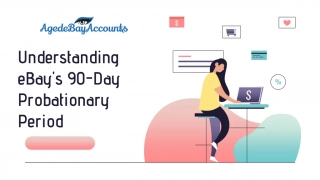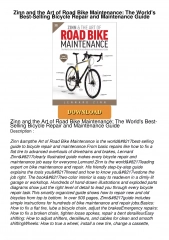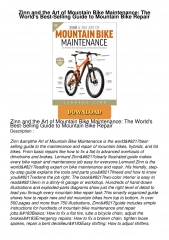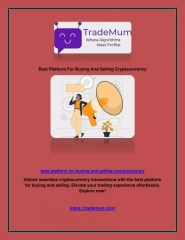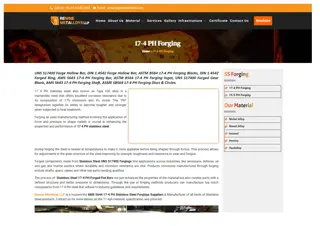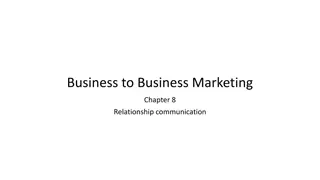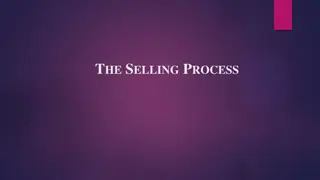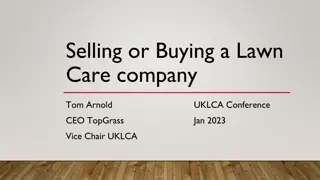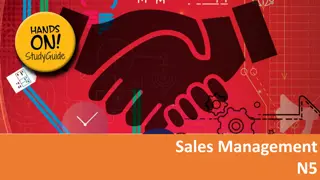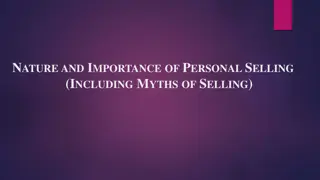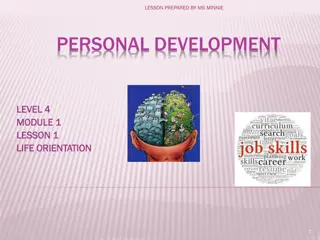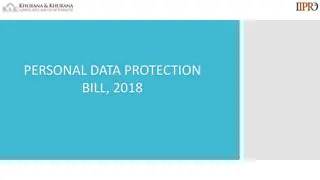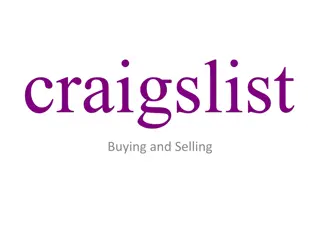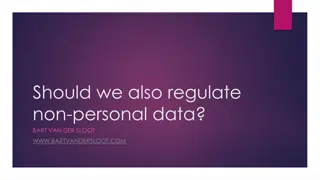
Personal Selling: Features, Objectives, and Types
Dive into the world of personal selling with insights on its definition, features, objectives, and types. Discover the importance of face-to-face interaction, two-way dialogue, and immediate feedback in building customer relationships. Explore the hurdles faced in personal selling and the various types of sales jobs. Unravel the personal selling process for effective sales strategies.
Download Presentation

Please find below an Image/Link to download the presentation.
The content on the website is provided AS IS for your information and personal use only. It may not be sold, licensed, or shared on other websites without obtaining consent from the author. If you encounter any issues during the download, it is possible that the publisher has removed the file from their server.
You are allowed to download the files provided on this website for personal or commercial use, subject to the condition that they are used lawfully. All files are the property of their respective owners.
The content on the website is provided AS IS for your information and personal use only. It may not be sold, licensed, or shared on other websites without obtaining consent from the author.
E N D
Presentation Transcript
PERSONAL SELLING BY MRS SARIKA SINGH FACULTY OF MANAGEMENT STUDIES MLSU UDAIPUR
DEFINITION Philip Kotler says, Personal selling is a type of personal or local presentation by the firm s sales force for the motive of making sales and building customer relationship.
FEATURES OF PERSONAL SELLING- 1.Face to Face Interaction 2.Two Way Dialogue 3.Immediate Feedback 4.Art of Persuasion- 5.Flexible 6.Satisfaction
OBJECTIVES OF PERSONAL SELLING 1.To persuade the customers 2.To Increase sales 3.To build long term relationship 4.To meet the specific needs of the people 5.To maintain regular communication with the customers
Although personal selling is useful for almost every product or service, it is particularly important when: The product has a high unit value, is quite technical in nature, or requires a demonstration. The product requires to be customised for each individual customer, as in the case of securities or insurance. The product is in the introductory stage of its life cycle. The organization does not have enough money for an adequate advertising campaign
HURDLES FOR PERSONAL SELLING .A high cost involvement is a major limitation even though personal selling can minimise wasted effort, the cost of developing and operating a sales force is high. The company is often unable to attract the quality of people needed to do the job. At the retail level, many firms have abandoned their sales forces and shifted to self-service selling for this very reason.
TYPES OF PERSONAL SELLING There are two major kinds of Personal Selling: Across the counter selling. Outside sales force. Types of sales jobs (a) Driver sales person (Deliverer) (b) Inside order taker c) Outside order taker (d) Missionary sales person (e) Sales engineer (Technician)
THE PERSONAL SELLING PROCESS SPANCO (finding SUSPECTS, reaching PROSPECTS, APPROACH, NEGOTIATION, CLOSE, AND ORDER TAKING) SPIN (SUSPECT, PROSPECT, INTERVIEW, and NEGOTIATION).
PERSONAL SELLING PROCESS (a) The Opening- Sales people should open the sales call with a smile, a handshake and, in situations where they are not known to the buyer, introduce themselves and the company they represent. (b) Need and problem identification- Before a car salesperson can sell a car, he needs to understand the customer s circumstances. What size of car is required? Is the customer looking for high fuel economy or performance? What kind of price range being considered?
(c) The presentation and demonstration- Having identified the needs and problems of the buyer, the presentation provides the opportunity for the salesperson to convince the buyer that he/she can supply the solution. (d) Dealing with objections- Objections highlight the issues which are important to the buyer. The effective approach for dealing with objections involves two areas: tile preparation of convincing answer, and the development of a range of techniques for answering objection in a manner which permits the acceptance of these answers without loss of face on the part of the buyer.
(e) Negotiation- Negotiation may, therefore, enter into the sales process. Sellers may negotiate price, credit terms, delivery times, trade-in values and other aspects of the commercial transaction. (f) Closing the sales- A final ingredient necessary to complete the process is the ability to close the sale. A major consideration at the closing is the timing. A general rule is to attempt to close the sale when the buyer displays heightened interest or a clear intention to purchase the product the salesperson should attempt to close at a peak and which peak is to be chosen comes with experience.
g) Follow-up- This final stage in the sales process is necessary to ensure that the customer is satisfied with the purchase and that no problem with such factors as delivery, installation, product use and training has arisen.
CHANGING PATTERNS IN PERSONAL SELLING Traditionally, personal selling has been a face-to-face, one-to-one situation between a sales person and a buyer. This situation existed both in retail sales involving ultimate consumers and also in business-to- business transactions. In recent years, however, many different selling patterns have emerged. a) Selling centres-Team Selling b) Systems Selling

